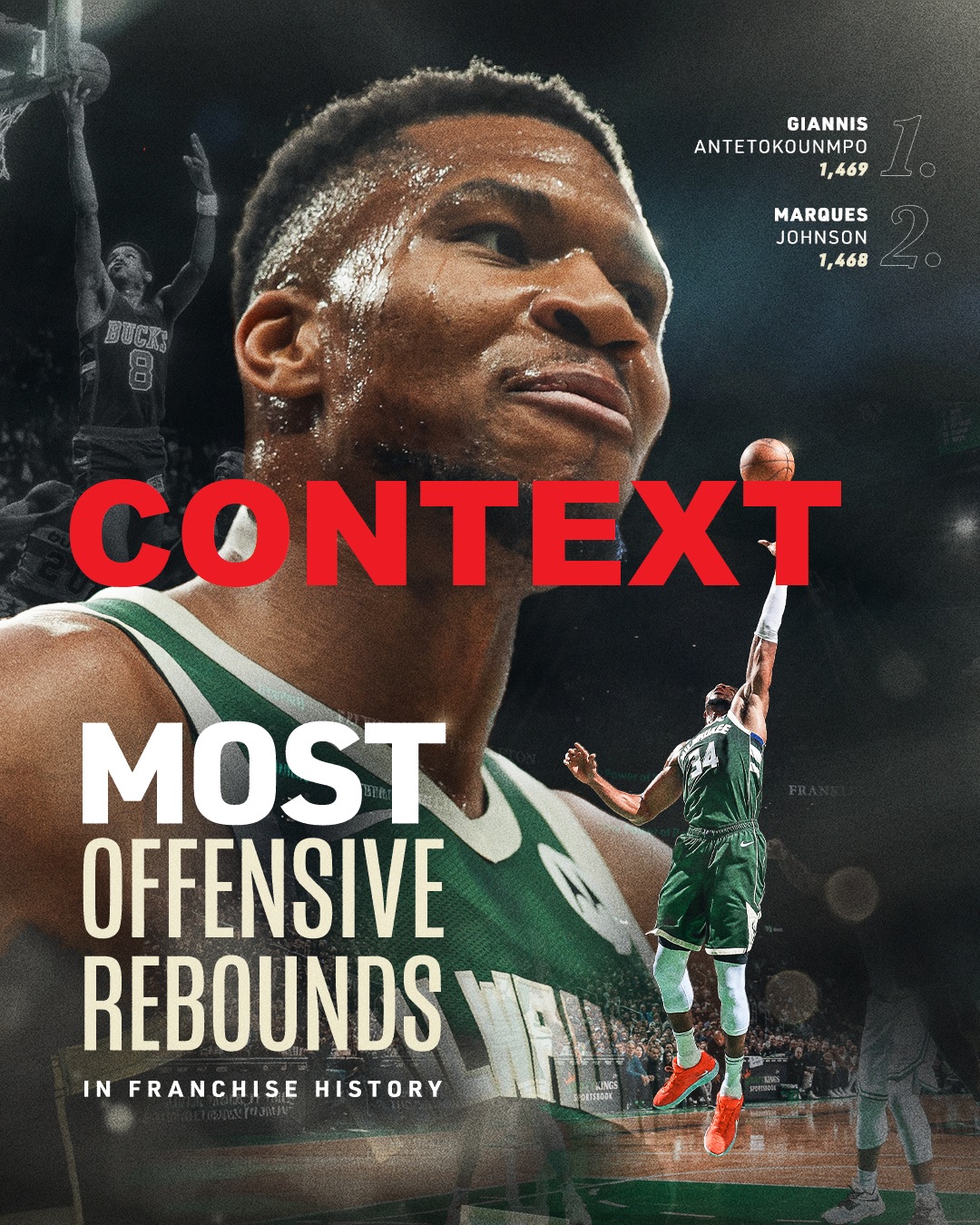A persistent critique among fans, analysts, and even some players is that officiating tends to favor Giannis, overlooking violations that stem from his aggressive style and, some argue, a lack of refined skill in certain areas.
Giannis’s “Unique Playing Style”
To understand the officiating debate, we first need to unpack Giannis’s approach to the game. Unlike traditional superstars who rely on jump-shooting finesse (think Kevin Durant) or guard-like ball-handling (like Kyrie Irving), Giannis thrives on physicality. His game is built around bulldozing drives to the rim, leveraging his length and athleticism to finish through contact. He averages over 30 points per game in recent seasons, with a significant chunk coming from paint scoring and free throws—often 10-12 attempts per game.
This style, while undeniably effective, invites scrutiny. Critics argue that Giannis’s reliance on power over precision leads to violations that referees either miss or choose to ignore. And worse still, they try to justify it as some sort of “new” style, or “unique” approach. It just ain’t basketball.
The Traveling Debate
One of the loudest complaints about Giannis is his alleged traveling. Social media platforms frequently highlight clips of Giannis taking what appear to be extra steps during his drives. A typical sequence involves him gathering the ball mid-stride, taking two or three long steps, and then launching toward the rim. Per NBA rules, a player can take two steps after gathering the ball, but Giannis’s strides are so massive that they can look like more. Giannis does often travel any way you interpret the rules. But he hardly ever gets called for it.
For example, during a 2023 playoff game against the Miami Heat, a viral clip showed Giannis driving from the top of the key, appearing to take four steps before dunking. Fans cried foul, but no call was made. The reality is murkier: slow-motion replays often reveal that his gather step aligns with the rule, but the sheer length of his strides creates an optical illusion. Still, referees rarely call traveling on him, which fuels perceptions of leniency. Data from the NBA’s Last Two Minute (L2M) reports shows traveling calls are down league-wide—only 0.3 per game in clutch situations—suggesting this isn’t unique to Giannis but part of a broader officiating trend. Giannis travels obviously and in your face very often no matter how you choose to interpret a gather step. He palms the ball and all sorts of other rare violations because he never learnt how to handle the ball as a kid. He started late in life and just lacks the instincts.
Offensive Fouls and Physicality
Another sore point is Giannis’s physicality on offense. Critics argue he initiates contact as much as defenders do, yet he’s rarely called for offensive fouls. His signature Euro-step or shoulder-lowering drives often see him barreling into defenders, who end up on the floor while Giannis gets the and-one call. In the 2021 Finals against the Phoenix Suns, Deandre Ayton visibly struggled to defend Giannis without fouling out, while Giannis averaged 35.2 points and 11.4 free-throw attempts per game. It is plain dangerous and unsportsmanlike yet his fans see it as “dominance” instead of what it truly is: technical foul level lack of ability to change direction even if the defender is in a legal position.
Statistically, Giannis is called for offensive fouls sparingly—about 0.8 per game in the 2022-23 season, compared to 3.1 personal fouls drawn. Compare this to someone like Nikola Jokić, who averages 1.2 offensive fouls despite a less aggressive driving style. The disparity raises questions: Referees are obviously hesitant to penalise Giannis’s physicality because it’s his hallmark.
Some argue this reflects a skill gap. Unlike players with polished post moves or pull-up jumpers, Giannis leans heavily on momentum and strength. When finesse isn’t an option, contact becomes inevitable, and referees seem to give him the benefit of the doubt. Social media posts often highlight this, with users joking that Giannis’s “skill” is “running through people and getting away with it.”
Free-Throw Violations: A Technicality Overlooked?
A less discussed but notable issue is Giannis’s free-throw routine. NBA rules require shooters to attempt their free throw within 10 seconds of receiving the ball. Giannis routinely pushes this limit, often taking 12-14 seconds as he goes through an elaborate routine. In the 2021 playoffs, fans in Brooklyn famously counted down his routine, and referees began enforcing the rule sporadically, calling violations a handful of times.
Yet, league-wide, these calls remain rare. In the 2022-23 season, only 15 free-throw violations were called across all players, per NBA officiating logs. Giannis’s slow routine disrupts game flow, and critics see it as another area where referees cut him slack. While not a “skill” issue per se, it’s a technical violation that could be enforced more consistently.
Why the Perception of Favoritism?
So, why do fans and analysts feel Giannis gets preferential treatment? Several factors are at play:
- Star Treatment: The NBA has long been criticized for giving superstars leeway. Giannis benefits from a reality where referees hesitate to call ticky-tack fouls that could derail a marquee player’s impact. Giannis, as a global icon, fits this mould.
- Physicality Bias: The league’s shift toward freedom of movement has made referees more lenient on contact, especially for players like Giannis who thrive in the paint. L2M reports show that “no-calls” on physical plays are up 20% since 2018, reflecting a broader tolerance.
- Skill vs. Athleticism Narrative: The critique that Giannis lacks “skill” is pervasive. His limited jump shot (29% from three in 2022-23) and reliance on drives feed a narrative that he’s a one-dimensional player who needs officiating help to dominate. This however is absolutely true. Giannis is a one trick pony and – worse still – he is predictable.
- Highlight Culture: Social media amplifies scrutiny. Every missed call on Giannis becomes a viral clip, while similar no-calls for others (like Joel Embiid’s elbow-heavy post-ups) get less attention. Social media users often share side-by-side comparisons, like Giannis’s drives versus James Harden’s travels, to argue inconsistency.
Calling every potential violation would bog down games. If referees whistled every possible travel or offensive foul Gianniswould spend half the game on the bench. The NBA’s emphasis on flow benefits Giannis.
The Bigger Picture
The officiating debate around Giannis isn’t just about him—it’s about the NBA’s evolving standards. The league wants high-scoring, fast-paced games, and that means letting physicality slide more than in the hand-check era of the 1990s. Giannis, as a player who embodies this shift, becomes a lightning rod for criticism. His violations, real or perceived, aren’t unique; they’re amplified by his dominance and the spotlight he commands.
Does officiating “considerably help” Giannis?
The evidence suggests he benefits from leniency, particularly on travelling and offensive fouls. Are violations overlooked due to a “lack of skill”? That’s harsher—Giannis’s game prioritises athleticism over finesse, but that’s a choice, not a flaw. The truth lies in the gray area: He plays on the edge of the rules, and referees, like fans, are often too captivated to blow the whistle. The NBA has created the Giannis myth precisely by allowing him to break the rules consistently and officials are now used to it. In playoff situations this is for sure under greater scrutiny however. At 30 Giannis is not developing any new skills and has not become any more nuanced in his game. If anything he is worse, relying more than ever on rim finishes.
I expect this topic to come up more and more. On the one hand Giannis is less and less relevant to the NBA when it matters as he is no longer a playoff factor. Also teams have figured out how to neutralise him even with the officiating help he gets. But the difference between the Giannis myth and the hard reality is that he would not score half as much if the refs were officiating him properly.





